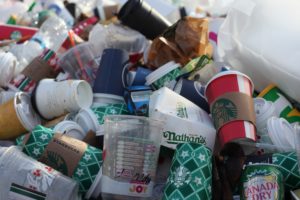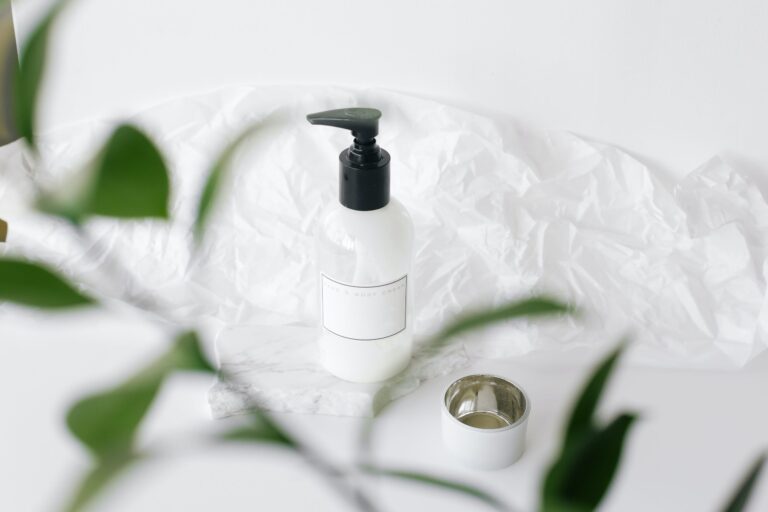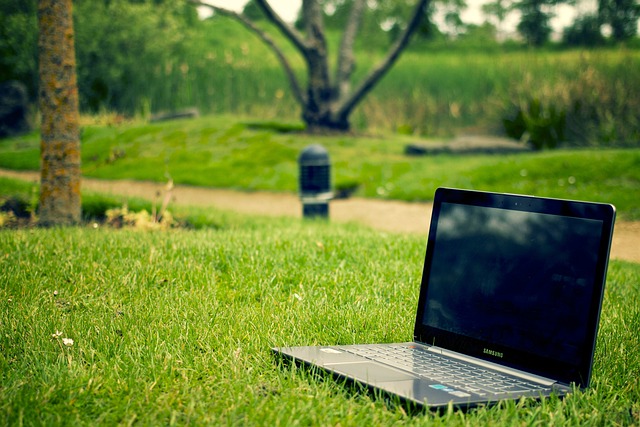Avoiding the Harmful Effects of Plastic on the Body
 What do chewing gum, bees, the Himalayas and your bloodstream have in common? It sounds like the setup of a joke, but the answer is that they all contain plastic particles.
What do chewing gum, bees, the Himalayas and your bloodstream have in common? It sounds like the setup of a joke, but the answer is that they all contain plastic particles.
Look around: How much plastic do you see? Your shoes, window blinds, phone case, keyboard and food wrappers are obvious examples. However, plastic is so pervasive that it’s even found in everything from animals to water and dust, unseen by the naked eye. You eat it every day. Avoiding the harmful effects of plastic on the body is important for your well-being, so it’s time to examine your habits.
Why Is Plastic Harmful?
Plastic breaks down into tiny particles called microplastics. They get into the body through the things you eat, drink and breathe in. You can directly consume microplastics, like by drinking contaminated water, and there are indirect ways, like eating fish that swallowed plastic in the ocean.
The problem is that many plastics contain toxic chemical additives, like BPA (bisphenol A) and PFAS (per- and polyfluoroalkyl substances), which circulate in your bloodstream and cause health issues. Some health problems linked to plastic consumption include hormone-related cancers, neurodevelopmental disorders in children, fertility issues and immune system afflictions.
In other words, you’d be wise to avoid plastic. If you’re feeling overwhelmed, that’s understandable — plastic is everywhere. However, there are a few easy ways to get started.
Ways to Reduce Your Plastic Consumption
Thankfully, there are alternatives to plastic. You can minimize the amount of particles that end up in your body through some simple lifestyle changes. Here are a few suggestions:
1. Use Glass, Ceramic or Metal Dishes
Go through your kitchen cabinets and swap plastic dishes for more sustainable materials. Replace baby bottles, food storage containers, water bottles, plates and pitchers with glass, ceramic or metal versions. If you love sipping your drinks through a straw, invest in a glass or metal version that won’t pollute the ocean.
2. Brush With Bamboo
Did you know that bamboo is a sustainable material? It grows much faster than trees and it doesn’t have to be replanted after harvesting — it springs right back to life. Instead of using a plastic toothbrush or hairbrush, get one made of bamboo.
3. Filter Your Water
Use a filter to purify your tap water before drinking or cooking with it. Polluted water is one of the most common sources of PFAS and microplastics, so if you aren’t filtering it, you’re probably unwittingly consuming chemicals.
4. Cook at Home More Often
Fast food packages and wrappers often contain PFAS as well. Buy food in bulk and cook as much of it at home as you can.
If you buy fast food, remove it from the wrapper and put it on a plate if you want to reheat it. You can also eat food from restaurants that have pledged not to use PFAS in their packaging.
5. Quit Smoking
Did you know that cigarette butts are made from plastic? In fact, they’re the largest source of single-use plastic in the world and the most littered item on Earth. Smoking doesn’t just harm people who smoke — cigarette butts leach microplastics into the environment, which has the potential to affect everybody.
6. Buy a Reusable Shopping Bag
This is a great way to cut down on single-use plastic. Get a few canvas bags to use for picking up groceries and keep them in the car so you don’t forget to take them with you.
Some stores sell reusable bags at the checkout and depending on where you live, single-use plastic shopping bags might even be banned. You can avoid paying for paper ones in the checkout lane by bringing your own totes.
7. Wash With Bar Soap
Plastic soap bottles are sometimes recyclable, but the pumps aren’t. A good alternative is using traditional bar soap in a paper box or wrapper. You can recycle the packaging.
8. Try Silicone Sandwich Bags
Unlike glass containers, these bags seal just like a regular plastic sandwich bag and pack down easily in a backpack or lunchbox. They can be washed and reused multiple times. Resealable silicone bags are so tough that you can even pour boiling water into them.
9. Opt for Digital Receipts
Receipt paper is made with plastic, so tell the cashier you don’t need a physical copy. Ask if they can send you a digital version instead if you need one.
Avoiding the Harmful Effects of Plastic
These are just a few methods you can use to keep plastic out of your body. You may not be able to live a 100% plastic-free life, but the less you use, the better.


